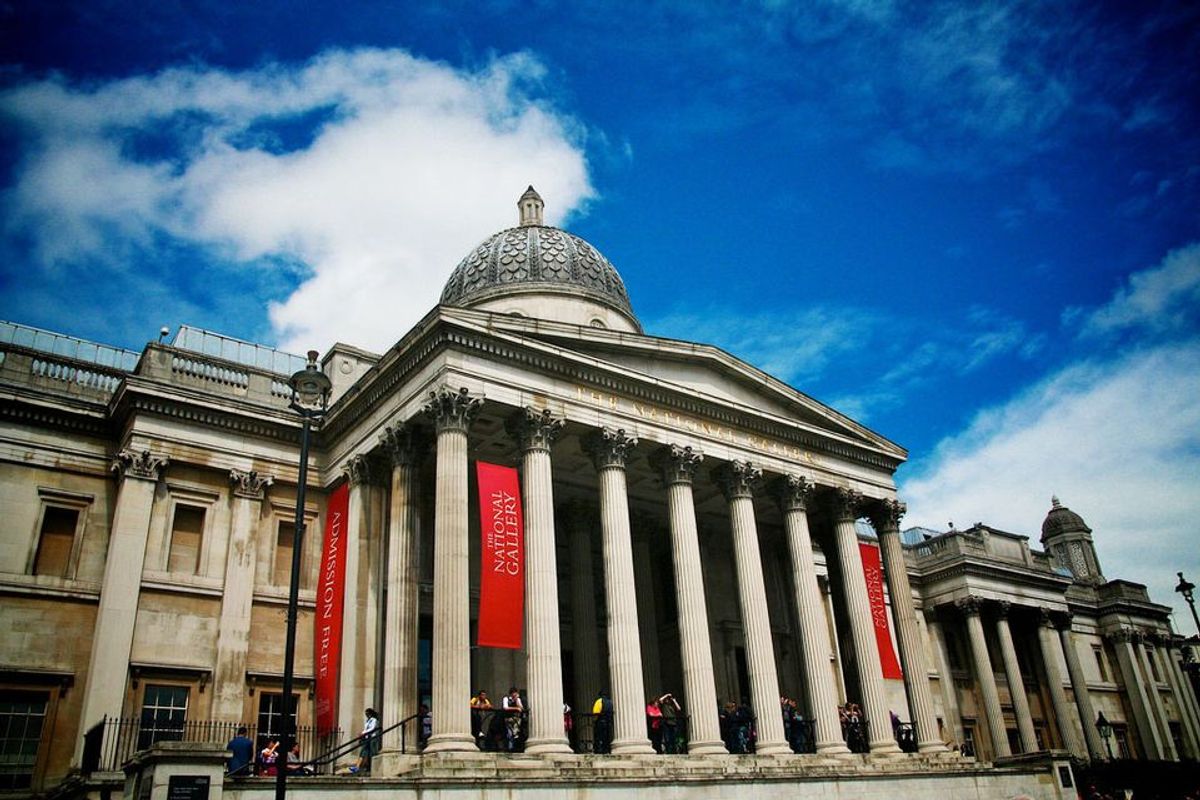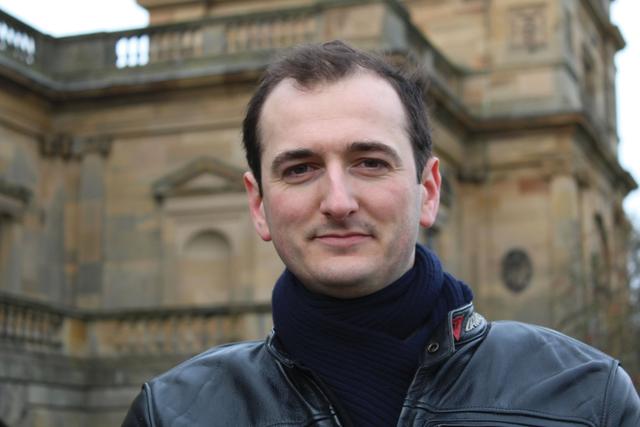I have now been to the Royal Academy of Arts' (RA) new show on Charles I in London four times. It only opened a month ago, and I live in Scotland, so that should give you an idea of how good it is. A BBC film crew at the private view pounced as I staggered into the final room, overcome by masterpiece after masterpiece: “What do you think?!” Unhesitatingly, I said it was one of the greatest feats of curation of modern times.
My most recent visit was with the Van Dyck scholar, Reverend Susan Barnes. I like to think most art historians are generous people, but Susan is the most generous of them all, and I have learned much from her over the years. Standing in front of Van Dyck’s large-scale portraits of Charles I—all four are displayed together at the RA—with Susan as a guide was the best art history lesson I have ever had. An audience soon formed around her, and followed us from picture to picture. As a priest, I suspect she is used to that.
Someone clever at the BBC came up with the idea of tying in a “Royal Collection season” with the exhibition. There has been a behind-the-scenes documentary on the exhibition itself, and Andrew Graham-Dixon has fronted an excellent four-part series on the history of the Royal Collection. But for me, the star of the coverage has been the Royal Collection’s Desmond Shawe-Taylor. You might not expect someone who glories in the title of the Queen’s surveyor of pictures to be such an accessible and even humorous commentator on art. But Shawe-Taylor is so good, he deserves his own show.
Museum’s funding fudge
I never knew how well off the National Gallery really is. Or rather, how well off its friends are. I found out by accident, as part of my campaign against museum image fees in the UK. I asked all nationally funded art galleries a number of questions under the Freedom of Information Act. Everyone answered, if not gladly, then diligently—except the National Gallery.
The National Gallery told me that its commercial activities—the shops, the restaurants and of course the image licensing—are run by the National Gallery Company Ltd. So far, so normal; lots of museums have trading arms. But the National Gallery Company is owned not by the National Gallery itself, but by the National Gallery Trust, which the museum says is a “separate corporate entity”. Therefore, unlike other museums, the National Gallery is not obliged to tell us anything about its commercial activities.
So, what is the National Gallery Trust? It is a charity in which its aim is to support the activities of the National Gallery. The trust helps buy pictures for the museum, and gives grants to support its other activities. Although, curiously, the National Gallery also gives grants to the trust (£1.15m last year). According to the trust’s most recent accounts, it has assets of £87m, including £41.4m managed offshore by BlackRock. Understandably, in these days of museum austerity, the National Gallery does not shout about this money in its annual accounts. (Similarly, nobody shouts about the total assets of the American Friends of the National Gallery: $180m, according to the latest available figures—from 2015—from the US Inland Revenue Service.)
The National Gallery may say that the trust is a separate entity, but in practice it is not. The trust’s registered address is in the National Gallery. All of its staff are National Gallery staff. And the two bodies share trustees. The National Gallery must not hide behind the trust as a way to avoid answering questions.



